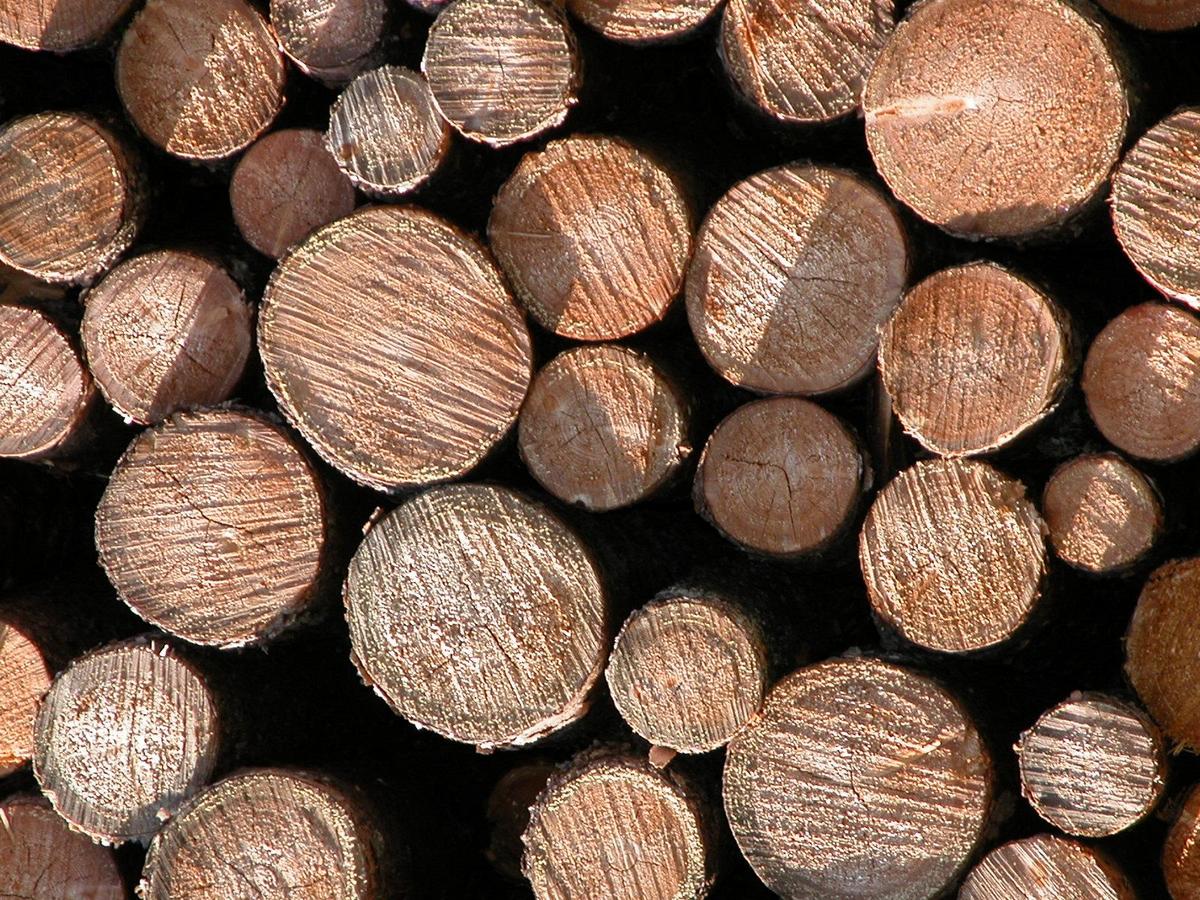Forest resources are getting a long, hard look these days. The U.S. Endowment for Forestry and Communities pulled together five smart people to investigate the state of today’s traditional forest industries in the 21st Century. This Blue Ribbon Commission laid out the challenges and opportunities of this vital, legacy industry. The biggest problem they found? A lack of innovation.
But here in Minnesota, NRRI has been working behind the scenes to keep the state’s important forest-based industries looking to the future. From making low value wood species into more versatile, moisture resistant wood to researching ways to make plastic automobile parts from waste biomass resources, NRRI is already addressing the report’s call to action.
According to the Commission, innovation is what will help the forest sector weather a variety of challenges. Some noted are the housing market collapse of 2008, fragmented land, unproductive private forests, and tree-killing pests that leave behind wildfire fuel. In fact, in 2015 the U.S. Forest Service spent more than half of their budget on wildfire response and protection. This is further exacerbated by increasingly erratic temperature and rainfall patterns.
But the report also outlines opportunities in new forest products and emerging environmental services and commodity markets. An example is finding ways to use small trees to make big products, like NRRI did with Grand Log Homes, LLC. The two owners of this business used NRRI engineering expertise to develop a way to make small diameter trees into an insulated siding product that looks like large logs.
Renewable energy production is another area of opportunity that NRRI is developing for Minnesota. After 10 years of research, NRRI is now producing a solid biofuel that can be used in coal-fired power plants to reduce heavy metal and carbon emissions. After NRRI has thoroughly tested it at a commercially relevant scale, biofuel could be an outlet for secondary wood species, insect infested trees and industrial woody waste.
The economic value of U.S. forests is well known. The forest sector supports 1 million direct-impact jobs and 1.7 million indirect jobs with a total payroll of $112.7 billion. Products from our forests are worth more than $282 billion annually, and the industry is among the top 10 manufacturing employers in 45 states. And yet, funding for innovative research has fallen significantly.
The Commission recommends many steps that pave the path forward for the forestry sector. From developing richer partnerships and leadership to applied R&D and advanced forest productivity research – it’s time for fundamental change.
“Markets are always changing and evolving. But as some traditional forest products markets have declined, the sector has failed to innovate and create strong new markets,” according to the report which was released on October 6.
NRRI researchers, at least, have never stopped seeing the forest for the trees, and finding ways to claim their highest value.
Members of the Blue Ribbon Commission on Forest and Forest Products Research & Development in the 21st Century:
• Robert “Robin” Jolley, American Forest Management, Inc. (former Chief Executive Officer) and Westervelt Company (Board of Directors)
• Tim Punke, Weyerhaeuser Company and Plum Creek Timber Co., Inc. (former Senior Vice President)
• Richard Ringeisen, University of Illinois Springfield (Chancellor Emeritus)
• Larry Selzer, The Conservation Fund (President and CEO)
• John D. Williams, Domtar (President and CEO)
